On Wednesday 14 November 2018 at 9pm, the British government and the European Commission announced that they had reached an agreement on the United Kingdom’s (UK) withdrawal from the European Union (EU). The negotiators managed to agree on the question of the Irish border, which had been clouding the negotiations right from the start, and almost caused their failure. The withdrawal agreement will be accompanied by a political declaration on the future relationship, which still needs to be fine-tuned. Both will be adopted during an extraordinary summit bringing together heads of state and government on 25 November in Brussels.
The new agreement between the two parties had been leaked already the night before the announcement. However, British Prime Minister Theresa May still had to present the agreement to the members of her cabinet for their approval. This she achieved during a marathon 5-hour meeting on Wednesday afternoon. Despite the discontent of several ministers, Theresa May announced that the British government had taken the “collective” decision to accept the deal agreed with the EU.
Back-to-back resignations in the government
In the subtleties of political rhetoric, “collective” is a word one uses when “unanimous” would be stretching the truth. And indeed, in the morning of Thursday 15 November, the wave of resignations started. Dominic Raab, Brexit Secretary, caused a domino effect when he resigned shortly before 10am, citing that the agreement was a betrayal, despite having been highly involved in its negotiation. In his wake, other members of the government announced their resignation: the Secretary of State for Work and Pensions, Esther McVey; Northern Ireland Minister Shailesh Vara; and the Parliamentary Under-Secretary of State for Brexit, Suella Braverman. Several other members of parliament holding posts of lesser importance also announced their departure, rebuking the Protocol on Ireland in the annexes of the agreement.
Why such a reaction?
The protocol on Ireland at the heart of tensions
To avoid the construction of a hard border between Northern Ireland and the Republic of Ireland, the parties have developed a system of several phases. If, by the end of the transition period (December 2020), an agreement, or the lack thereof, on the future relationship between the EU and the UK would result in a hard border on the island of Ireland, either the transition period will be extended, or a so-called “backstop” will be put in place. This solution is explained in the “Protocol on Ireland/Northern Ireland” annexed to the agreement.
As a (harmless) concession to the British, the text stipulates that the measures in this Protocol will only apply temporarily and may be replaced by any future agreements. However, no end date is given and any replacement deal would have to be agreed both by the UK and the EU. The Protocol may be replaced partly or in its entirety; immediately or gradually.
Extension of the transition period
Until 1 July 2020, the UK may at any moment ask for an extension of the transition period (and therefore of the status quo). This will be decided by the Joint Committee, a committee created by the Withdrawal Agreement.
Customs Union
The “protocol” or “backstop” foresees that the whole of the UK will remain in the Customs Union, which means that there will be no duties or quotas imposed on goods traded between the EU and the UK, and that the UK must apply the same conditions and custom duties as the EU when dealing with third countries. The United Kingdom will not however be obliged to follow EU rules in respect of goods destined for its own internal market.
Moreover, Northern Ireland will continue to adhere to EU norms and legislation for goods and for veterinary and animal health checks, and must therefore respect the EU’s customs codes. That entails regulatory checks between Northern Ireland and the rest of the United Kingdom, which is unacceptable for the Unionists in Northern Ireland and for many British MPs, Brexiteers or not.
The EU and the UK are aiming to conclude the final agreement to replace the backstop/protocol before 1 July 2020.
Let’s recap
From 29 March until 31 December 2020 (or longer if the period is extended), the UK will find itself in a transition period which largely maintains the status quo – with the exception that the UK will lose all its decision-making powers within the European Institutions.
According to the agreement, as of 1 January 2021, two major solutions, and infinitely many interim solutions, are possible.
Scenario 1: An agreement on the future relationship is reached, which is sufficient for avoiding a hard border between the two Irelands. The Protocol on Ireland foreseen in the agreement is not applicable; the new agreement takes precedence.
Scenario 2: No agreement on the future relationship is reached, or at least not one that guarantees the absence of a hard border on the island of Ireland. Other, later agreements could replace in part or in entirety the provisions of the Protocol. Interim scenario: The agreement reached on the future relationship does not entirely guarantee the absence of a hard border on the island of Ireland. Only one part of the Protocol is applicable, namely, those articles which are necessary for avoiding a border.
The British parliament: a stumbling block
Theresa May must now seek the approval of the British parliament for the withdrawal agreement. She was subjected to loud heckling in the parliament during her presentation on Thursday 15 November and the battle is far from won for the Prime Minister. Strong rumours indicate a potential triggering of a vote of no confidence from the Brexiteers in her party. At least, that is what Jacob Rees-Moog, de facto leader of those Tories in favour of a hard Brexit, wants. Nevertheless, he is currently struggling to gather the 48 MP letters needed to trigger a vote of no confidence in Theresa May’s leadership.
Should this rebellion fail, rather than a boost for the Prime Minister, it would confirm the division within the Conservative party. Whilst no majority emerges in favour of any other leader, the opponents of Theresa May are not, for the most part, interested in a takeover bid. The statutes of the Conservative party foresee that if a leadership contest does not garner enough votes, the current party leader is confirmed and cannot be challenged again for 12 months. Theresa May would therefore emerge from such as contest stronger than before.
That being said, even if the Prime Minister survives as the head of her party, securing a majority in the Commons is no small feat. The Conservatives have only 316 of the 650 seats in the House of Commons. They can only form a government thanks to 10 MPs from Northern Ireland’s Democratic Unionist Party (DUP). If she loses the support of the DUP and of her own backbenchers, Theresa May would need to rely on the Labour party. Yet at the head of the Labour party, Jeremy Corbyn is standing firm with the hope that the government will collapse. Former Prime Minister Tony Blair has also encouraged his followers not to come to the rescue of Theresa May.
The only chance that the Prime Minister has is to limit the haemorrhage in her own party and to hope that she can count on the support of a few Labour rebels, who, give the seriousness of the situation, are prepared to reject their party line. The Prime Minister’s tactic for achieving this is to stoke fear. Her first words after the announcement of the deal: “the choice before us is clear: this deal […] or leave with no deal, or no Brexit at all.” With the first option, she would alienate all Remainers, and with the second, she ruffles the feathers of Brexiteers, who fear a second referendum resulting a “remain” victory.
Thus the saga continues. In the meantime, in Brussels, the negotiators are quite certain of securing a vote in favour of the agreement in the European Council and the European Parliament. As for the negotiations for the future relationship, they are waiting patiently for the Brits to find an agreement…among themselves.
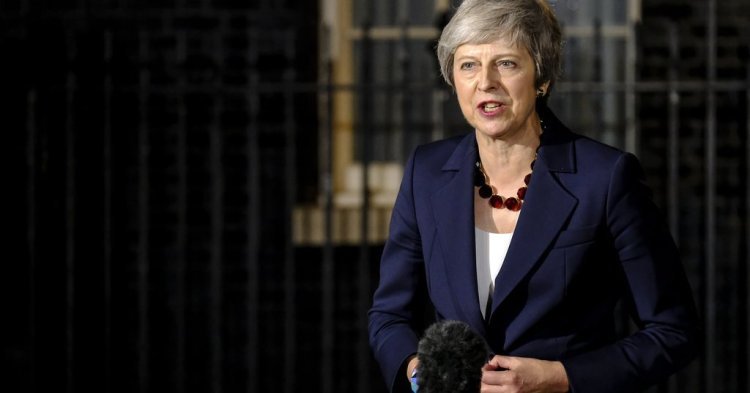



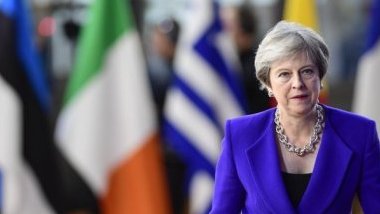
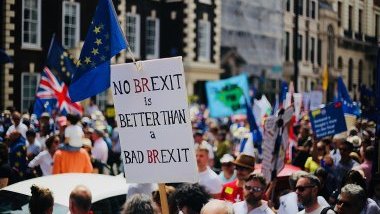
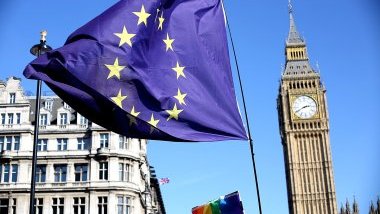
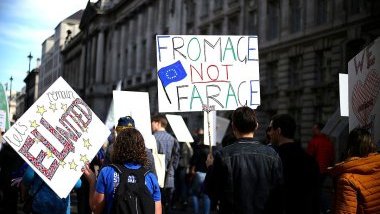
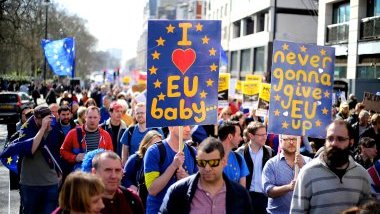
Follow the comments: |
|
